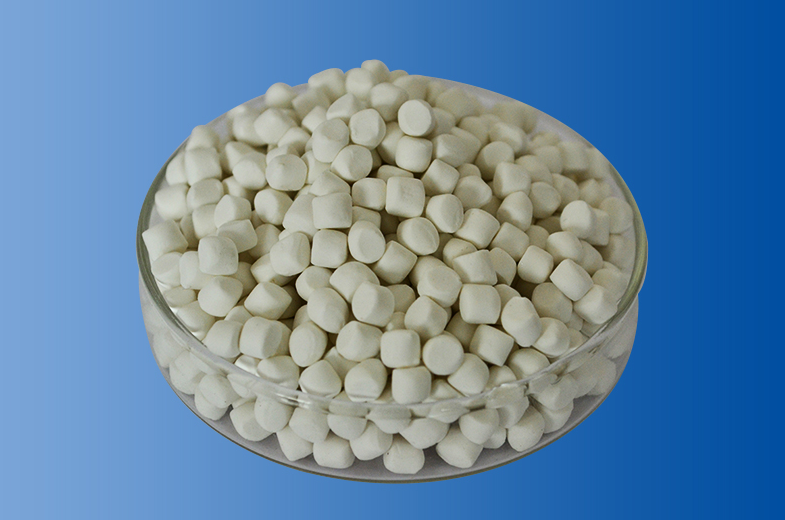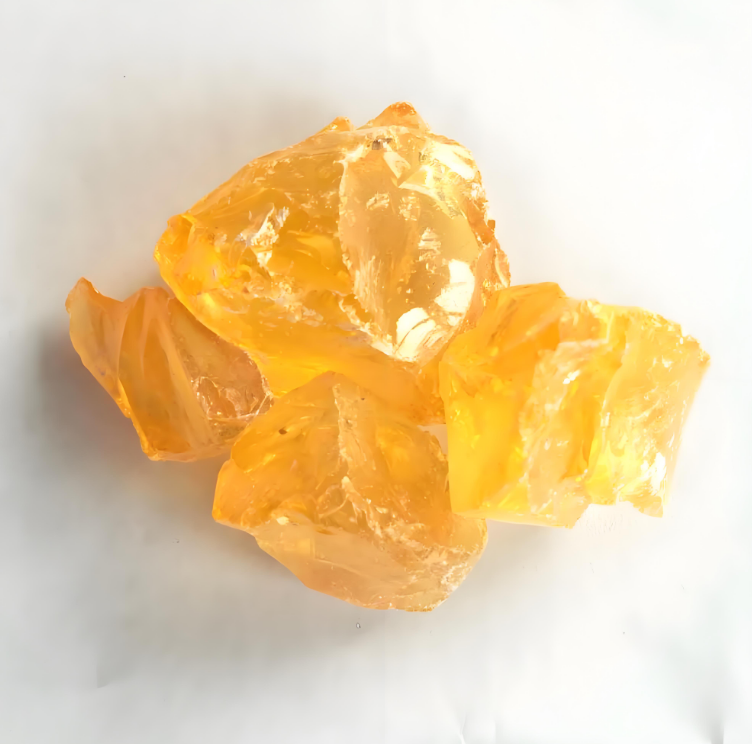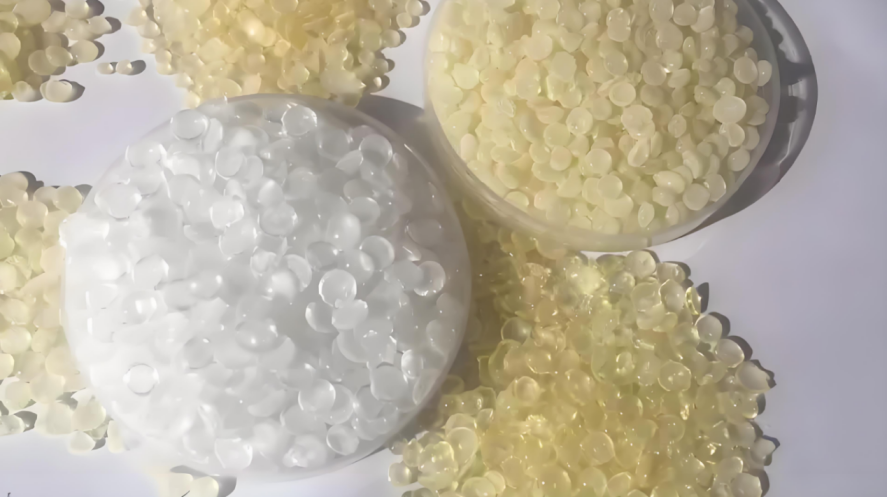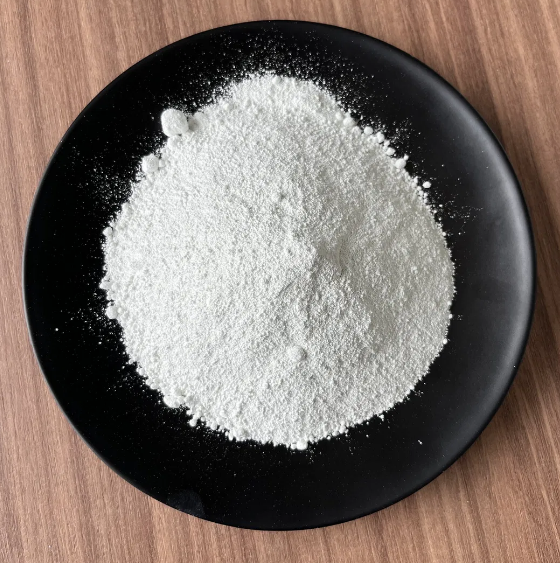Exploring Marvels & Considerations of Styrene Isoprene Styrene Rubber
08/01/2024
Styrene Isoprene Styrene rubber, pioneered by manufacturers like CHEMBROAD, is a material of remarkable versatility and potential. It balancing its advantages with careful consideration of challenges and environmental impact positions SIS Rubber as a key player in shaping the future of various industries.
I. Introduction
A. Brief overview of synthetic rubber
Synthetic rubber has revolutionized industries with its versatile applications. Among the myriad options available, Styrene-Isoprene-Styrene (SIS) rubber is a remarkable solution.
B. Importance of rubber in various industries
Rubber plays a pivotal role in diverse industries, offering elasticity, resilience, and durability. Understanding the significance of synthetic rubber, including SIS rubber, is crucial for appreciating its impact on modern applications.
C. Introduction to Styrene-Isoprene-Styrene (SIS) rubber
Enter CHEMBROAD, a leading manufacturer, guiding the industry with high-quality SIS rubber. This section introduces the star of the show—Styrene-Isoprene-Styrene rubber—and sets the stage for an in-depth exploration.
II. What is Styrene Isoprene Styrene Rubber?
A. Definition and composition
Delve into the intricate definition and composition of SIS rubber, understanding how its unique blend of styrene and isoprene contributes to its exceptional properties.
B. Molecular structure and properties
Uncover the molecular structure of SIS rubber, elucidating its key properties such as flexibility, resilience, and thermal stability. A comparative analysis with other rubber types, such as SBS and natural rubber, sheds light on the distinctive advantages of SIS.
III. Manufacturing Process
A. Polymerization of styrene and isoprene
Take a journey through the manufacturing process, starting with the polymerization of styrene and isoprene. Gain insights into the precise conditions and reactions that give birth to the building blocks of SIS rubber.
B. Formation of SIS rubber blocks
Explore how these building blocks come together to form the distinctive blocks of SIS rubber, each contributing to its unique characteristics.
C. Vulcanization process and its role
Delve into the crucial role of vulcanization in enhancing the properties of SIS rubber, ensuring it meets the stringent requirements of various industries. Understand how this process contributes to the rubber’s strength, durability, and resistance.
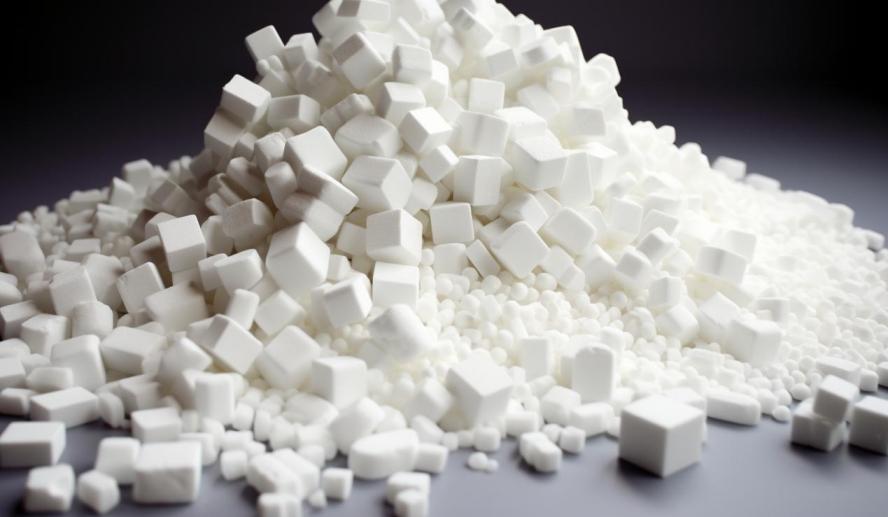
IV. Applications
A. Overview of industries using SIS rubber
Survey the landscape of industries benefiting from SIS rubber, from automotive to construction and adhesives. Understand why SIS rubber has become a material of choice in these sectors.
B. Specific applications in each industry
Zoom in on specific applications within each industry, highlighting how SIS rubber excels. Whether it’s enhancing tire performance in the automotive sector or providing robust adhesion in construction, the versatility of SIS rubber shines through.
V. Advantages of SIS Rubber
A. Flexibility and Elasticity
Styrene Isoprene Styrene (SIS) rubber, manufactured by industry leader CHEMBROAD, boasts unparalleled flexibility and elasticity. This inherent quality makes it an ideal choice for applications requiring dynamic movement and resilience, such as in the production of high-performance tires and seals.
B. Thermal Stability
SIS rubber stands out for its exceptional thermal stability, maintaining its structural integrity across a broad temperature range. This characteristic is particularly advantageous in industries where exposure to varying temperatures is a constant, ensuring the reliability of SIS rubber-based products.
C. Resistance to Wear and Tear
The robust molecular structure of SIS rubber provides exceptional resistance to wear and tear, contributing to its longevity in demanding applications. From conveyor belts in manufacturing plants to shoe soles in the footwear industry, SIS rubber excels in environments where durability is paramount.
D. Versatility in Various Applications
One of the key advantages of SIS rubber lies in its versatility. It finds applications across diverse industries, including automotive, construction, adhesives, and more. Its adaptability to different requirements positions it as a go-to material for innovative solutions in various sectors.
VI. Challenges and Limitations
A. Sensitivity to Certain Chemicals
Despite its robustness, SIS rubber exhibits sensitivity to certain chemicals. Understanding the compatibility of SIS rubber with specific substances is crucial to avoid degradation and ensure optimal performance in chemical-intensive environments.
B. Temperature Limitations
While SIS rubber excels in a broad temperature range, extreme conditions can pose challenges. High temperatures may affect its properties, emphasizing the need for careful consideration in applications where temperature extremes are a factor.
C. Environmental Considerations
As with any material, the environmental impact of SIS rubber warrants consideration. From production processes to end-of-life disposal, assessing the ecological footprint is essential for responsible usage. This aspect aligns with CHEMBROAD’s commitment to sustainability and eco-friendly practices.
VII. Case Studies
A. Real-World Examples of SIS Rubber Applications
Explore concrete instances where SIS rubber has made a significant impact. From enhancing the performance of automotive components to contributing to the structural integrity of buildings, case studies illuminate the practical applications of this versatile material.
B. Success Stories and Notable Projects
Uncover success stories where the unique properties of SIS rubber played a pivotal role in the success of notable projects. From landmark constructions to groundbreaking innovations, these narratives showcase the real-world significance of SIS rubber.
VIII. Future Trends
A. Research and Development in SIS Rubber Technology
Stay ahead of the curve with insights into ongoing research and development in SIS rubber technology. Manufacturers like CHEMBROAD continue to invest in advancing the capabilities of SIS rubber, paving the way for new possibilities and applications.
B. Potential Advancements and Improvements
What does the future hold for SIS rubber? Explore potential advancements and improvements, from enhanced performance characteristics to expanded applications, as the industry continues to push the boundaries of what SIS rubber can achieve.
IX. Environmental Impact
A. Discussion on Recyclability
Delve into the recyclability of SIS rubber, shedding light on efforts to reduce waste and promote a circular economy. Understanding the potential for recycling SIS rubber contributes to a more sustainable approach to its usage.
B. Comparison with Other Types of Rubber in Terms of Eco-Friendliness
Compare the environmental impact of SIS rubber with other rubber types, considering factors such as production processes, recyclability, and overall ecological footprint. This analysis provides a comprehensive view of SIS rubber’s position in the spectrum of eco-friendly materials.
Conclusion: A Future with Styrene Isoprene Styrene Rubber
In conclusion, synthetic rubber is continually evolving, and SIS rubber, championed by manufacturers like CHEMBROAD, is at the forefront. Its unique composition, coupled with a meticulous manufacturing process, has propelled SIS rubber into diverse applications across industries. As technology advances, the role of SIS rubber is poised to expand, promising innovation and efficiency in various sectors.

